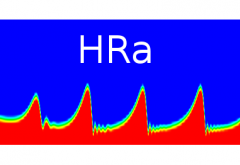When I was doing particle physics, Richard Feynman was my hero. Not only did he introduce Feynman diagrams which made high energy physics so much clearer, but also did he have a lot of humour. During a hard time I read his book Surely you‘re joking, Mr. Feynman! and I found it wonderful what a curious, intelligent character can live to see. Later I read the biography by Jagdish Mehra The Beat of a Different Drum. The title refers to Feynman’s passion for drumming and his originality. In an epitaph he was called a physicist’s physicist. Some people may have thought he was arrogant. But let us be honest, by far most people overestimate their intelligence 😉

